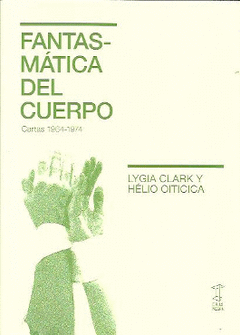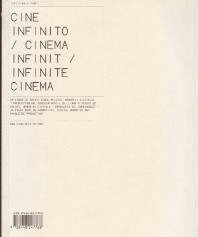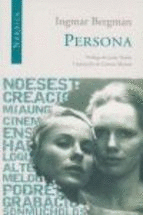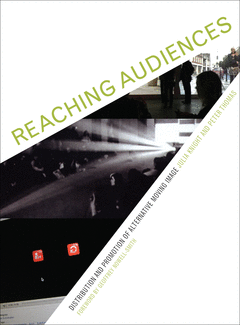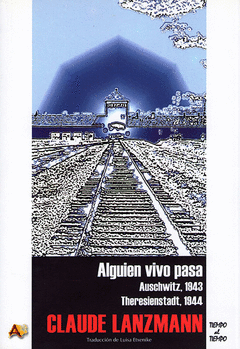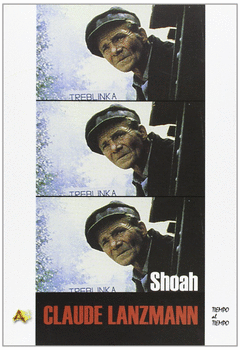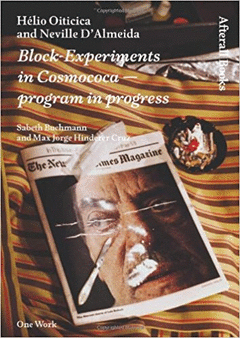
Hélio Oiticica and Neville D'Almeida
Hélio Oiticica (19371980) occupies a central position in the Latin American avant-garde of the postwar era. Associated with the Rio de Janeiro-based neo-concretist movement at the beginning of his career, Oiticica moved from object production to the creation of chromatically opulent and sensually engulfing large-scale installations or wearable garments. Building on the idea for a film by Brazilian underground filmmaker Neville DAlmeida, Oiticica developed the concept for Block-Experiments in CosmococaProgram in Progress (19731974) as an open program: a series of nine proposals for environments, each consisting of slide projections, soundtracks, leisure facilities, drawings (with cocaine used as pigment), and instructions for visitors. It is the epitome of what the artist called his quasi-cinema workhis most controversial production, and perhaps his most direct effort to merge art and life. Presented publicly for the first time in 1992, these works have been included in major international exhibitions in Los Angeles, Chicago, London, and New York.
Drawing on unpublished primary sources, letters, and writings by Oiticica himself, this illustrated examination of Oiticicas work considers the vast catalog of theoretical references the artists work relies on, from anticolonial materialism to French phenomenology and postmodern media theory to the work of Jean-Luc Godard, Andy Warhol, and Brazilian avant-garde filmmakers. It discusses Oiticicas work in relation to the diaspora of Brazilian intellectuals during the military dictatorship, the politics of media circulation, the commercialization of New Yorks queer underground, the explicit use of cocaine as means of production, and possible future reappraisals of Oiticicas work.
Drawing on unpublished primary sources, letters, and writings by Oiticica himself, this illustrated examination of Oiticicas work considers the vast catalog of theoretical references the artists work relies on, from anticolonial materialism to French phenomenology and postmodern media theory to the work of Jean-Luc Godard, Andy Warhol, and Brazilian avant-garde filmmakers. It discusses Oiticicas work in relation to the diaspora of Brazilian intellectuals during the military dictatorship, the politics of media circulation, the commercialization of New Yorks queer underground, the explicit use of cocaine as means of production, and possible future reappraisals of Oiticicas work.
- Editorial: The Mit Press |
- Ano: 2013 |
- Páxinas: 112 |
- Idioma: inglés |
- ISBN: 978-1-84638-097-6 |
